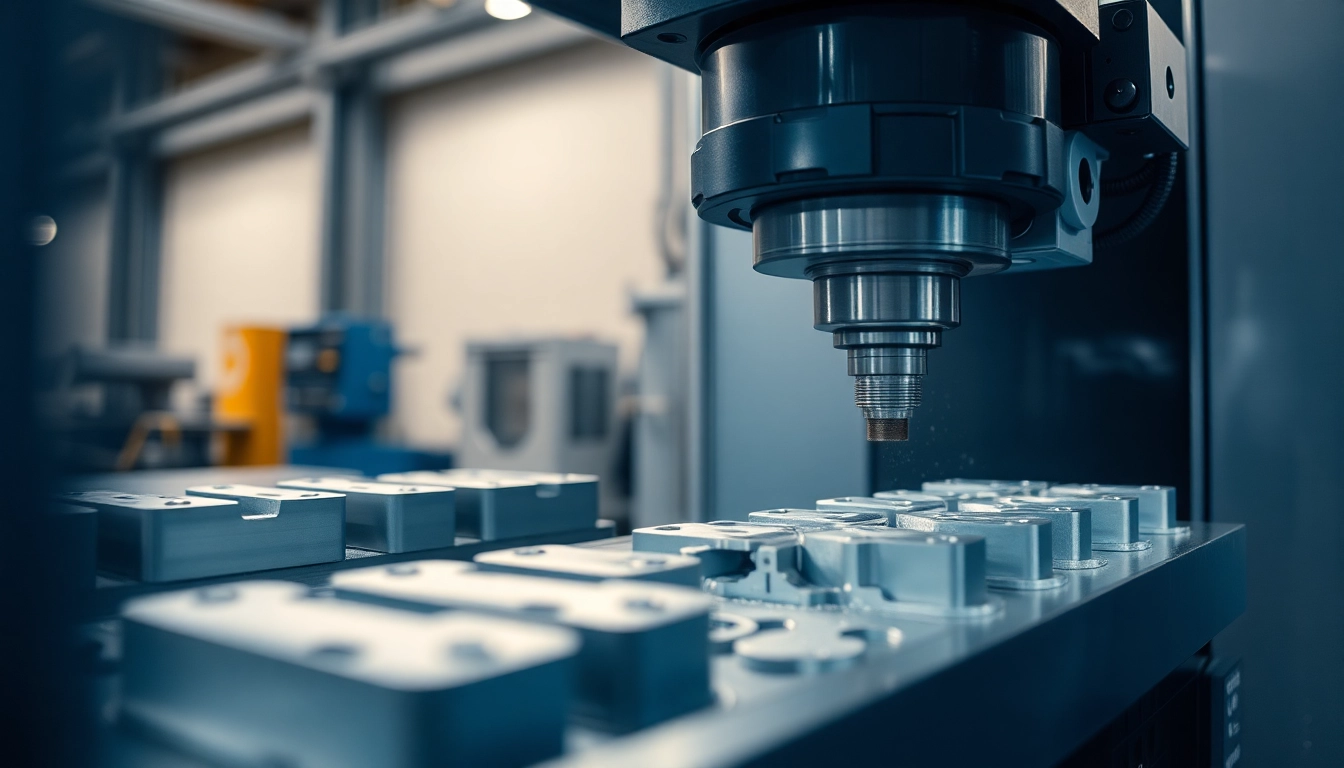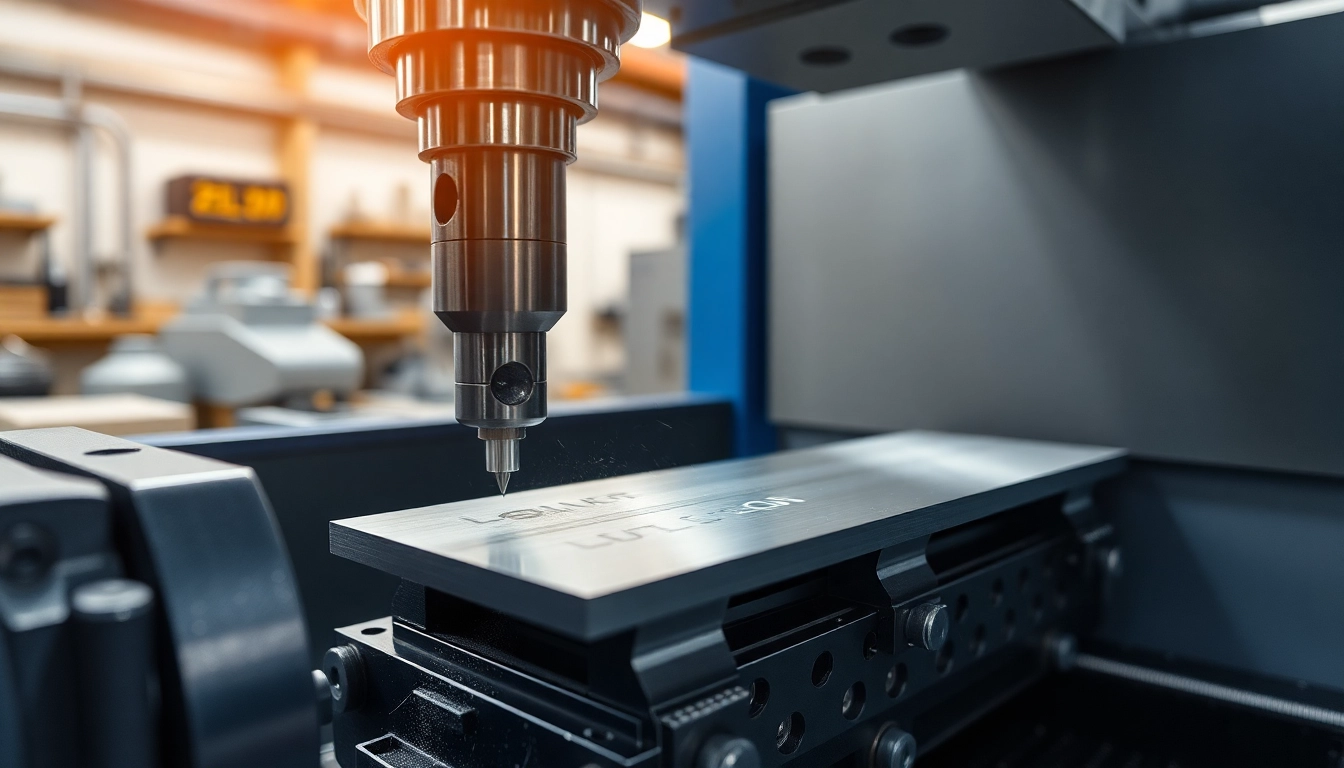Maximize Your Projects with Expert Boom Lift Rental Solutions in the UK
In the dynamic landscape of construction, maintenance, and industrial work across the UK, access to high elevations is often a critical component of project success. Whether you’re working on a building façade, installing signage, or performing electrical upgrades, reliable, efficient, and safe access equipment is indispensable. One of the most versatile and cost-effective solutions is boom lift rental. This comprehensive guide explores why boom lifts are essential, how to select the right equipment, operating best practices, and tips to optimize your rental experience for maximum ROI.
Understanding the Benefits of Boom Lift Rental for Your Business
Cost-Effective Access to High Workplaces
Investing in a fleet of tall access equipment can be prohibitively expensive for many businesses, especially those with sporadic or project-specific needs. Renting boom lifts offers a financially prudent alternative, allowing companies to access premium machinery without the significant capital expenditure. Rental costs typically cover maintenance, insurance, and support, which further reduces operational risks and hidden costs.
Additionally, boom lift rentals provide flexible options regarding duration, enabling you to tailor rentals around project timelines—whether short-term for a specific task or long-term for ongoing work. This flexibility enhances budget control and project planning accuracy.
Versatility Across Various Industries
Boom lifts are used extensively across industries such as construction, manufacturing, electrical, telecommunications, retail, and oil & gas. Their versatile designs—ranging from articulated to straight telescopic booms—allow access to a variety of heights and difficult-to-reach areas. For example:
- Construction sites often require work at different elevations for façade work, roofing, or structural inspections.
- Electrical contractors utilize boom lifts for installing or maintaining high-level wiring and lighting fixtures.
- Event organizers deploy boom lifts for stage setup, lighting, and rigging tasks.
By renting the appropriate boom lift model, businesses can adapt quickly to diverse project demands, ensuring safety and efficiency without compromising on quality.
Ensuring Safety and Compliance
Safety is paramount when working at height. Boom lift rental companies adhere to UK safety standards and regulations, providing equipment that meets rigorous safety testing and certification criteria. Properly rented boom lifts come with comprehensive manuals, safety features, and are regularly inspected by service professionals.
Using professionally rented equipment ensures compliance with legislation such as the Health and Safety Executive (HSE) guidelines, reducing accident risks, protecting workers, and avoiding costly legal liabilities. Additionally, renting includes expert support, which can help your team maximize safety while operating complex machinery.
Choosing the Right Boom Lift for Your Needs
Types of Boom Lifts Available for Rent
Understanding the different types of boom lifts available is fundamental to making an optimal rental decision. The two main categories are:\p>
- Articulating Boom Lifts: These have jointed arms that bend, offering excellent maneuverability and access to complex sites with obstacles. They are ideal for indoor work, tight spaces, or overhead tasks where precision is essential. Common models provide working heights from 11m to over 43m.
- Straight Telescopic Boom Lifts: Featuring extendable arms that reach straight outward, these lifts excel at providing maximum horizontal outreach at high elevations, perfect for tasks like building façade installation, window cleaning, or exterior repairs. They typically offer higher working heights and are suited for outdoor applications.
Other specialized options include trailer-mounted lifts, mini boom lifts for confined spaces, and tracked boom lifts for uneven terrain.
Factors Influencing Rental Selection
Choosing the right boom lift involves assessing several critical factors:
- Working Height Required: Determine the maximum height you need to access, factoring in additional height for the operator’s platform and safety margins.
- Accessibility & Space Constraints: Indoor or outdoor? Narrow passages or open terrains? Articulating lifts suit tight indoor spaces, while telescopic models excel outdoors.
- Load Capacity: Calculate the weight of operators, tools, and materials to select a model with appropriate safe working loads.
- Terrain Type: Flat, uneven, or rough terrains demand different tracked or four-wheel-drive models for stability.
- Power Source: Electric lifts are ideal for indoor work, while gas or diesel-powered lifts serve outdoor environments requiring more power and mobility.
Rental Duration and Pricing Options
Rental terms vary from hourly, daily, weekly, to monthly durations. Many providers offer flexible packages, often with discounts for extended periods. The pricing depends on factors such as lift type, height, and region. It’s essential to compare quotes, considering delivery, setup, and optional add-ons like operator training or insurance. Aligning rental periods precisely with project timelines minimizes costs and ensures availability when needed.
Best Practices for Operating and Maintaining a Boom Lift
Operator Training and Certification
Proper training is non-negotiable. In the UK, operators should hold valid certification, such as those compliant with the IPAF (International Powered Access Federation) standards. Training covers safe operation, emergency procedures, and understanding equipment controls. Many rental companies offer training packages or recommend certified third-party providers.
Investing in recognized certification reduces accident risks and legal liabilities, promoting a safety-first culture within your team.
Pre-Use Safety Checks
Before each use, operators should conduct thorough inspections, including:
- Checking for visible damage or wear, especially on hydraulic, electrical, and mechanical components.
- Verifying fluid levels and inspecting safety devices such as emergency stop buttons, alarms, and harness points.
- Testing tyres or tracks for proper inflation or condition.
- Ensuring level ground conditions and appropriate site setup.
Document all checks and report issues immediately to maintain safety standards.
Regular Maintenance and Inspection
Routine maintenance should be performed per manufacturer guidelines, including lubrication, filter replacement, and system calibration. Regular inspections by authorized personnel help catch potential faults early, preventing costly downtime or accidents.
Additionally, keeping detailed maintenance records ensures compliance with safety regulations and enhances operational efficiency.
How to Book Your Boom Lift Rental with Confidence
Finding a Trusted Rental Provider
Choosing a reputable provider is critical. Look for companies with extensive experience, positive customer reviews, and clear policies. Features to consider include:
- Qualified technical support staff
- On-time delivery and setup services
- Comprehensive insurance coverage
- Provision of operator training if needed
- Flexible rental terms
Web research, industry referrals, or recommendations from colleagues can help identify reliable suppliers. Many top providers also showcase certifications and safety records online, ensuring transparency.
Understanding Rental Agreements and Terms
Read and understand all contractual details, including:
- Liability and insurance coverage
- Damage and repair policies
- Delivery and pickup logistics and costs
- Rental period and cancellation policies
- Operator requirements and responsibilities
Clear agreement terms prevent misunderstandings and ensure smooth project execution.
Planning Delivery and Setup
Coordinate closely with your rental provider to schedule delivery, especially for large equipment or complex site setups. Ensure site access is prepared, and safety zones are demarcated for deployment. Adequate planning minimizes delays, prevents damage, and ensures compliance with safety regulations.
Measuring Success: Tracking the Impact of Your Boom Lift Rental
Project Efficiency Metrics
Utilize key performance indicators (KPIs) such as work completion time, safety incident rates, and equipment downtime to assess the effectiveness of your boom lift rental. Monitoring these metrics informs future procurement decisions and operational improvements.
Cost Savings and ROI
Quantify benefits by comparing rental costs against project savings, efficiency gains, and reduced labor costs. Properly managed rentals can significantly improve project timelines, safety records, and overall profitability.
Feedback and Continuous Improvement
Gather feedback from operators and project managers to identify areas of improvement. Incorporate lessons learned into future rental planning, staff training, and safety protocols to optimize outcomes continually.



